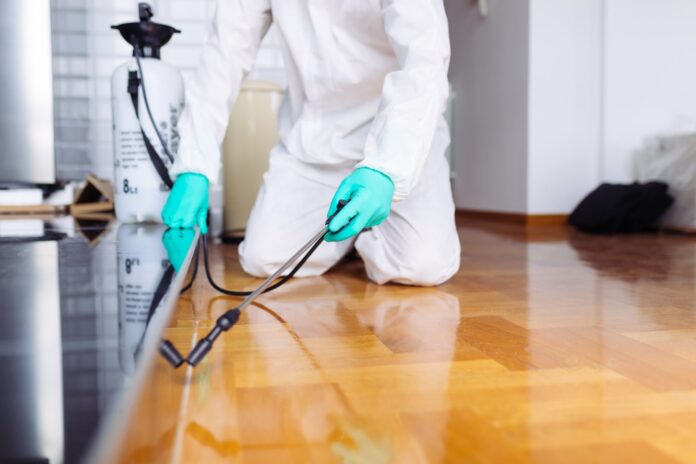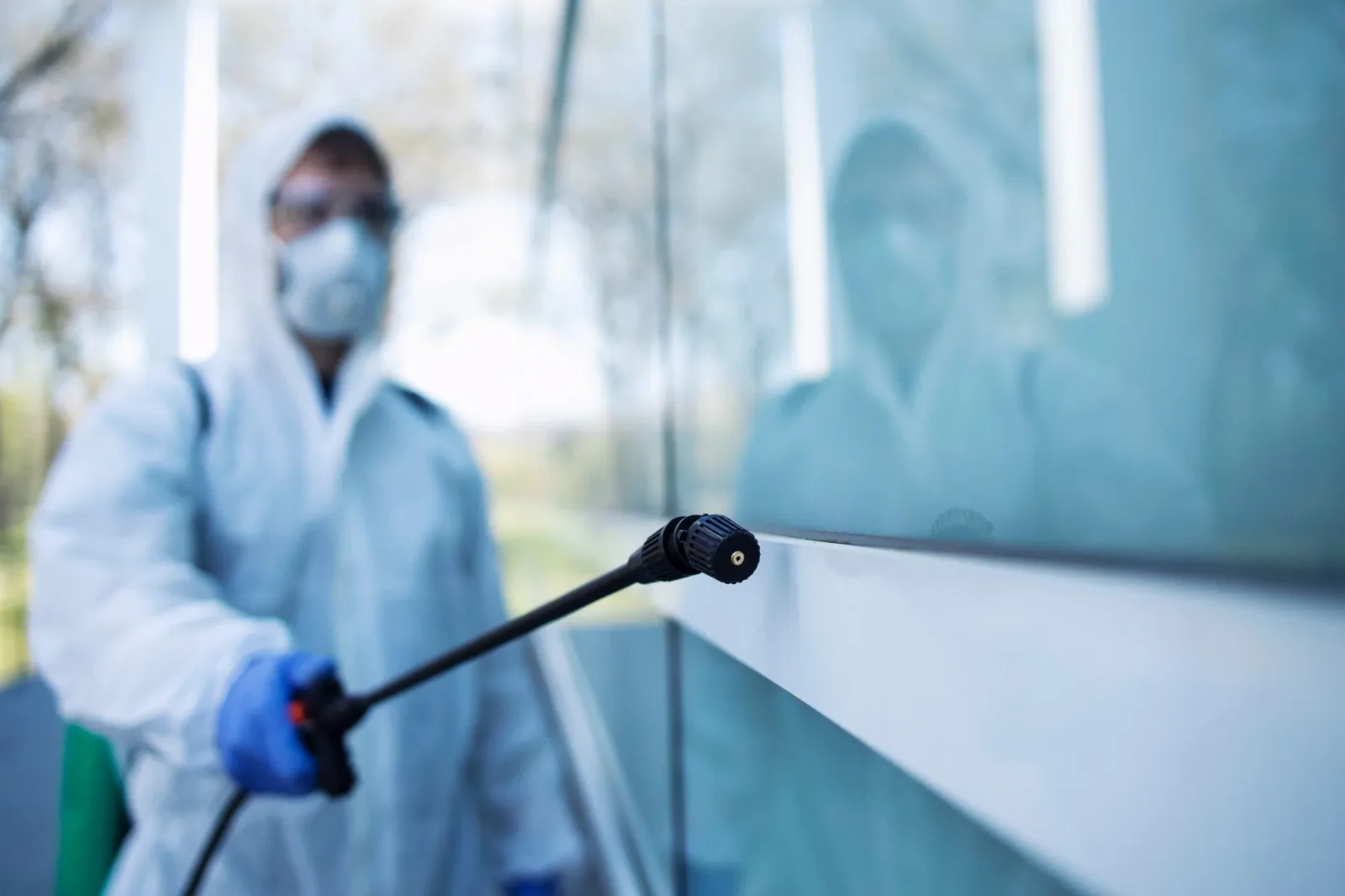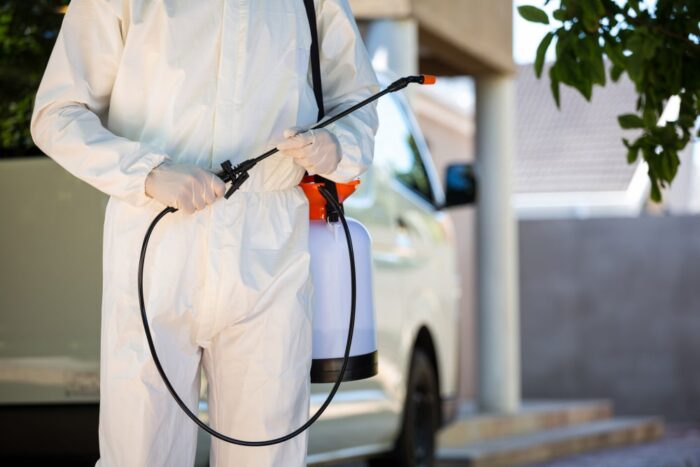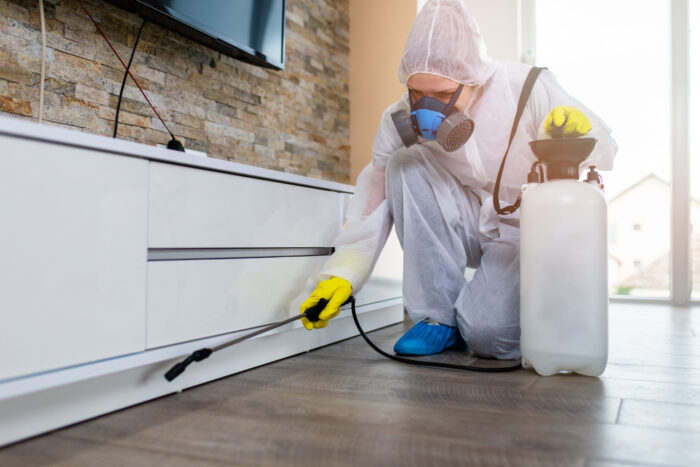
Welcoming a baby home is an event filled with joy and new responsibilities. Among these responsibilities is ensuring that the home environment is safe and secure for the new arrival. If you’ve recently had a pest control service visit your home, you may be concerned about the safety and well-being of your baby. This blog post provides comprehensive guidelines on post safety, specifically tailored for households bringing a baby home. We’ll navigate through the necessary steps and precautions to ensure your home is not only pest-free but also a haven for your little one.
1. Understanding Post-Pest Control Safety
After treatment, your home undergoes a significant transformation. Chemicals and treatments used to eliminate pests can leave residues that might be harmful, especially to infants with their developing immune systems. It’s crucial to understand that the type conducted — be it chemical, biological, or physical — dictates the safety measures you’ll need to follow.
The importance of airing out the home cannot be overstressed. Ventilation helps in reducing the concentration of any chemical residues in the air, making it safer for all, particularly for a baby. Opening windows, using fans, or even air purifiers can accelerate this process. It’s not just about the air; surfaces that might have been treated or come into contact with substances need attention too. Following a treatment, professionals such as Pest Control Experts Scarborough recommend these ventilation strategies as part of their comprehensive approach to ensuring your living space remains safe and comfortable post-treatment. Their expertise underlines the critical role of proper air circulation and cleanliness in maintaining a healthy indoor environment after pest eradication efforts.
2. Post-Treatment Cleaning Guidelines

Before bringing a baby into the home after control, a thorough cleaning is imperative. Start with the floors, as they are one area a baby is likely to come into direct contact with, especially when they start crawling. Use safe, non-toxic cleaning agents and ensure the cleaning tools themselves are clean and free from contamination.
Furniture and other surfaces should not be neglected. Wipe down all accessible surfaces, especially those that are frequently touched or used, like countertops, tables, and door handles. If you have soft furnishings like sofas or curtains that can be cleaned, consider doing so as they can harbor residues.
3. Implementing Safety Measures for Your Baby
The baby’s room should be your top priority when preparing your home post-pest control. Ensure that this room is cleaned thoroughly, with a focus on areas where the baby will spend most of their time. The crib, changing table, and any other furniture should be wiped down meticulously with safe cleaners.
Air quality in the baby’s room is another vital aspect. After cleaning, allow fresh air to circulate in the room for several hours before the baby uses it. If you have an air purifier, use it in the room to help remove any lingering particles. Additionally, check for any traps or baits that should be removed or placed out of reach to prevent accidental contact.
Safety extends beyond cleaning; it’s also about ensuring that all baby products and furniture are secure and in good condition. This includes checking for any loose parts or choking hazards, especially if technicians have moved or disassembled anything during their visit.
4. Establishing Safe Zones
Creating safe zones within your home can provide peace of mind and a secure environment for your baby. Designate areas in your home, particularly those farthest from the treated zones, as baby-safe areas where your child can play and rest. These areas should be thoroughly cleaned and inspected for any pest control residues or equipment.
In the early days following it, try to limit your baby’s movement to these safe zones. As time passes and cleaning continues, you can gradually expand the areas your baby has access to. Always monitor your baby’s health and behavior for any signs of distress or unusual reactions that could indicate exposure to harmful substances.
Emergency preparedness is a part of establishing safe zones. Ensure you have contact information for your pediatrician and poison control handy. In the unlikely event of an emergency, having quick access to these resources can make all the difference. Also, educate yourself and other caregivers on the symptoms of exposure to common chemicals.
5. Monitoring Baby’s Health Post-Pest Control

After bringing your baby home following treatment, it’s crucial to monitor their health closely. Pay attention to signs of possible allergic reactions or sensitivity to the chemicals used during the process. This could manifest as skin irritations, such as rashes or hives, respiratory issues like wheezing or coughing, or more general signs of discomfort including fussiness or excessive crying.
Regular check-ups with your baby’s pediatrician are vital, especially in the weeks following treatment. These visits can help ensure that your baby is developing normally and not showing any adverse effects from potential chemical exposure. Inform your pediatrician about the treatment, including the types of chemicals used and areas treated, as this information can aid in their assessment.
6. Communicating with Professionals
Communication with your professionals is crucial, especially when a baby is involved. Before the treatment begins, discuss the safety protocols that will be in place, particularly concerning the chemicals used and their potential impact on babies. Request less toxic alternatives if available. Understanding the treatment plan, including areas of focus and estimated completion time, helps in preparing your home and ensures that baby-safe areas are established far from treated zones.
Once the treatment has been completed, have a detailed discussion with the professionals about the aftermath and safety measures. Ask for a report of what was done, including the chemicals used, areas treated, and any specific instructions for post-treatment cleaning and ventilation. This information is crucial for creating a safe environment for your baby.

Conclusion: Safeguarding Your Baby’s Environment
Creating a safe and nurturing environment for your baby is a top priority for any parent, especially after treatment. The journey doesn’t end with the eradication of pests but continues with vigilant post-treatment care to ensure the home is safe for the most vulnerable members. By closely monitoring your baby’s health, maintaining open communication with pest control professionals, opting for baby-safe pest control alternatives, and integrating preventive strategies, you can significantly reduce any risks associated with chemicals.
>>> Read full article>>>
Copyright for syndicated content belongs to the linked Source : ChartAttack – https://www.chartsattack.com/post-pest-control-safety-guidelines/






























